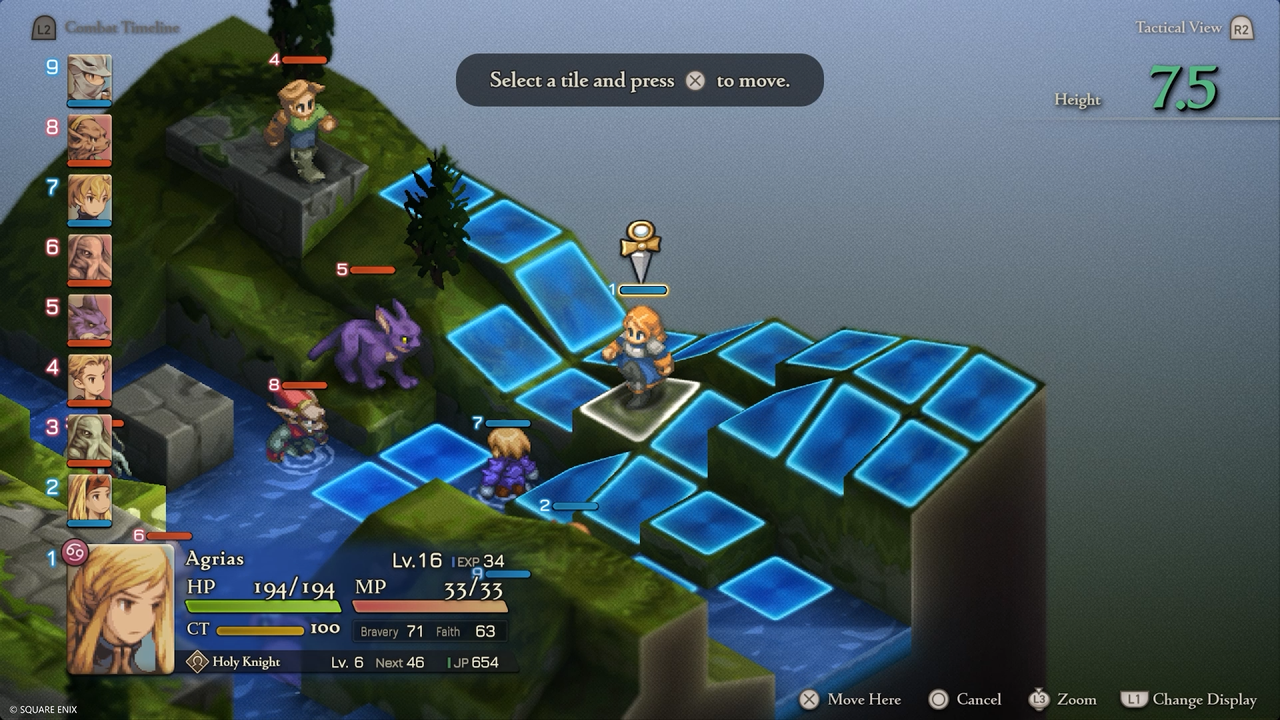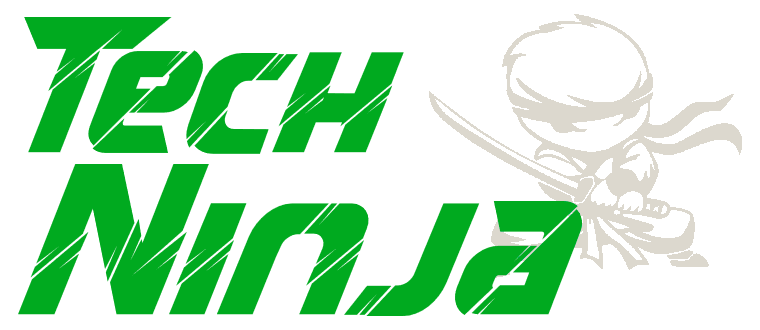The celebrated release of Final Fantasy Tactics: The Ivalice Chronicles is a major victory for advocates of video game history and developers seeking to learn lessons from the craft of the classics. Not only did Square Enix ship two “versions” of the game—one with updated visuals and voice acting, and one that faithfully recreates the original PlayStation title—but it did so with several veteran developers at the helm: director Kazutoyo Maehiro, art director Hiroshi Minagawa, and former scriptwriter Yasumi Matsuno.
These men worked on the original Final Fantasy Tactics. That makes them a rare breed of game developer tasked with going back to their old work and reflecting on decades-old development decisions. They’ve been candid about the challenges, which included rebuilding the lost source code and re-crafting systems by “feel” alone. Meanwhile former scriptwriter Yasumi Matsuno wrote fresh dialogue and scenarios, shining a light on Tactics‘ greatest legacy: its electrifying story of class warfare, corruption in the church, and government oppression.
It was an early example of how strategy games could be platforms for strong storytelling. Successors like Fire Emblem Awakening, Warcraft 3, and Marvel’s Midnight Suns have all won praise for investing in strong writing as well as tightly-paced strategic combat.
Great games writing lives everywhere in games but the revival of Final Fantasy Tactics made us ask—what is it about the strategy genre, be it turn-based or real-time—that makes it such a robust canvas for writers?
We posed the question to Maehiro and Minagawa in a recent call discussing their work on The Ivalice Chronicles. Their answer: it’s all about the fundamentals of the genre.
The number of characters you control can shape a game’s story
Maehiro and Minagawa returned to a recurring theme during our conversation about the challenges of remastering and updating Final Fantasy Tactics: the fundamentals of the game’s design, from its square-based combat system to its cast of characters. Many of the player-controlled characters are unique soldiers, bowmen, and mages with bespoke sprites who have a role to play in the game’s story. Others are generic fighters with customizable sprites who can either take the role of cannon fodder or be sharpened into units as strong as the main cast.
It’s this mosaic that Maehiro said separates Tactics from action games where you play as a single character. Though Ramza Beoulve is the protagonist, he’s treated equally on the battlefield as his allies when it comes to control and gameplay. “In an action-based game, you have a character that you’re controlling, and your [goal] is to defeat an enemy,” said Maehiro. “I feel like that kind of puts you on rails for a certain type of storytelling. It’s hard to weave in those external elements.”
“But when we think about a strategy RPG, there’s a lot of different characters that you can control.” He alluded to the wide types of enemies that introduce different kinds of antagonists who can fill out the story. Extrapolate out his thinking, and you can see how other gameplay needs like resource management, control of terrain, and recruiting or losing characters can integrate writing and gameplay.
“Given that that’s the overall format of the strategy RPG genre, it paints a good canvas to have more detailed storytelling,” he said. Though Maehiro was specifically speaking about the strategy RPG genre, his thinking applies to other types of strategy games as well.
Image via Square Enix.
Tactics‘ grand story isn’t the only element tied to the core gameplay. Minagawa explained that in recreating the original’s pixel art style—and in revamping it on in the game’s “Enhanced” mode—he and his colleagues were bound by the very tiles players traverse. “When it comes to things like the character proportions, pixel sizes, even how far apart the eyes are on the face, all of those decisions are tied to the actual game design itself,” he said. “If we were to try and change the character proportions to be able to depict the character in a different way, how that reads on the screen would differ.”
“The size of the maps, as well of the sizes of each of the panels and cubes would also be impacted by that.”
Deeper forces drive Final Fantasy Tactics‘ design
If you’re mulling how the design principles of a game can shape its storytelling and art—you should also consider how hardware and tooling can shape design.
Minagawa explained that one infamous design limitation of the PlayStation—the lack of an in-console “Z-buffer”—came back to haunt him as the art director on The Ivalice Chronicles. Square Enix had created its own Z-Buffer on the original PlayStation version of the game, and all of the original art assets had been tied around that system. The art director, having come to the project off of Final Fantasy XVI, admitted he was caught off guard by the scope of the remaster, thinking it would be simpler than a massive role-playing game filled with unique 3D assets. “I kind of assumed that if I were to take the basic information and try to re-output it to be much cleaner than that just should be a very simple and straightforward process,” he admitted. “But doing so, I realized that actually leads to so many different technical external issues that I didn’t expect.”

Image via Square Enix.
Another limitation for updating the game came in the need to refine character animations for how they appear on larger screens. The PlayStation’s highest resolution was 640p. Today the minimum resolution might be 720p. But the tooling used to make the original animations was only available within the PlayStation hardware environment. “It kind of operates natively in that environment as well,” said Maehiro. “In retrospect, it did kind of make me think about how we probably shouldn’t have kind of build things out within that really unique, specific environment.”
Another regret Maehrio expressed: overwriting the original Final Fantasy Tactics source code after moving to release the international versions of the game. Square Enix has updated its software preservation practices since then, but it’s the main reason the team spent so much time poring over the mobile and PSP versions of the game, as well as studying player-archived data.
It’s easy to look at those limitations and marvel at how Square Enix told such an ambitious story—and updated it for a modern era—with such specific constraints. But as always, it’s the constraints that shaped the story above them.
This fascinating archival exercise seems to have paid off for Final Fantasy Tactics—would the team ever tackle that effort for Final Fantasy Tactics Advance, the Game Boy Advance-exclusive sequel with an equally ambitious (if underrated) narrative? “The strategy RPG genre is a little bit more niche,” Maehrio said with some care. “That said, I think if The Ivalice Chronicles does really well…it also shows the business viability of the genre.”
“That could potentially open doors for things like Final Fantasy Advanced getting the same treatment, or sequels or new titles,” he said.

